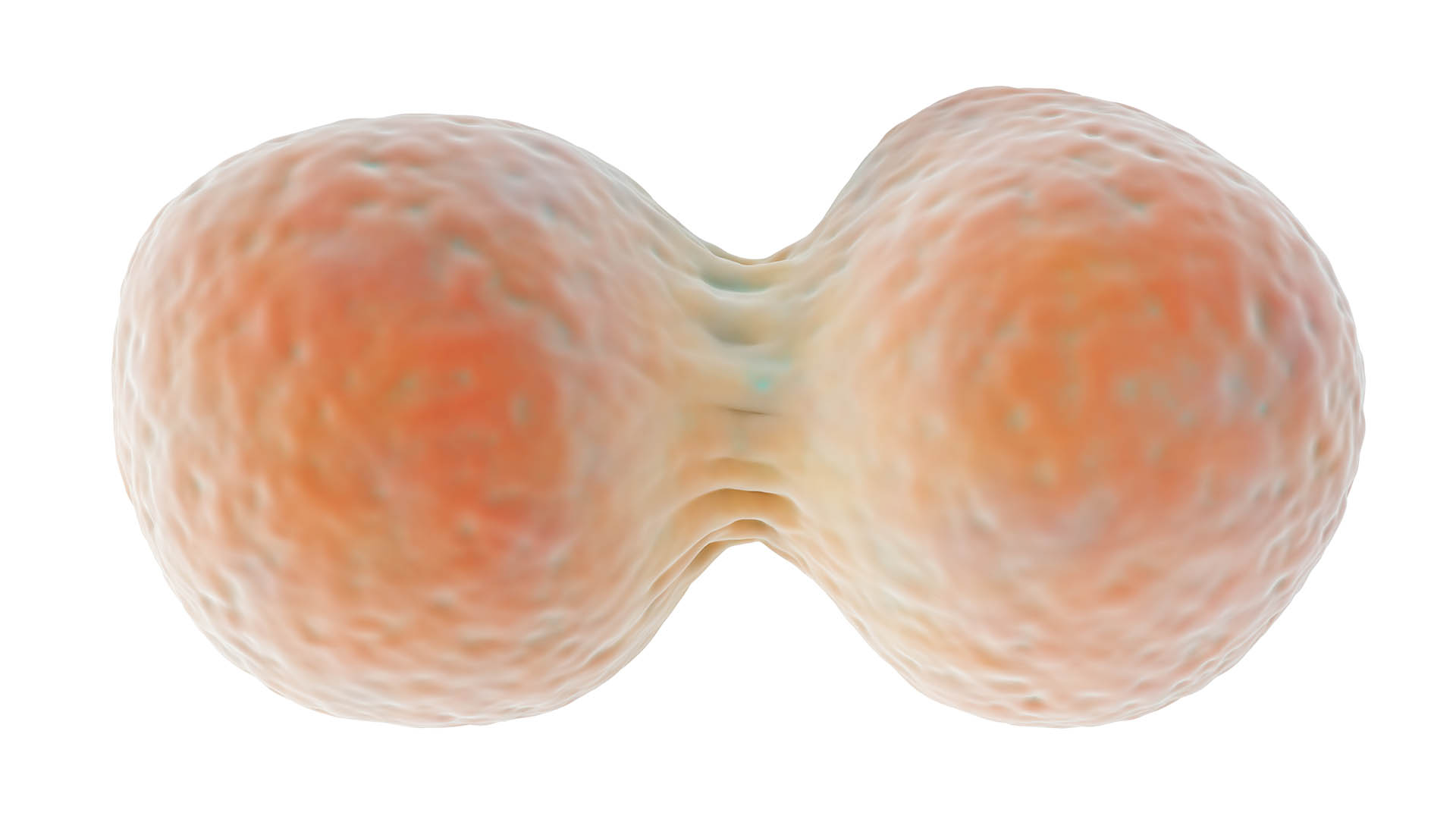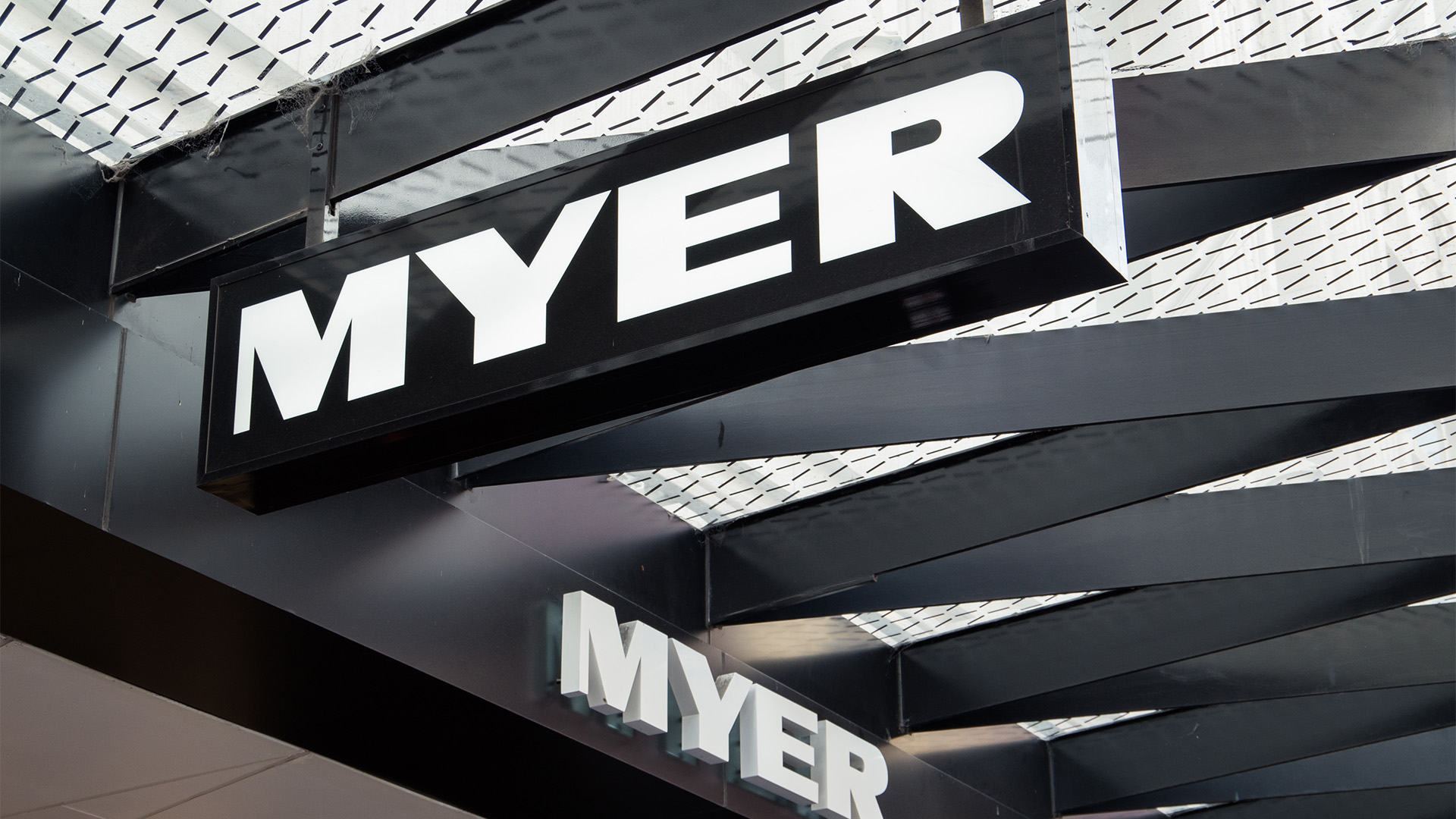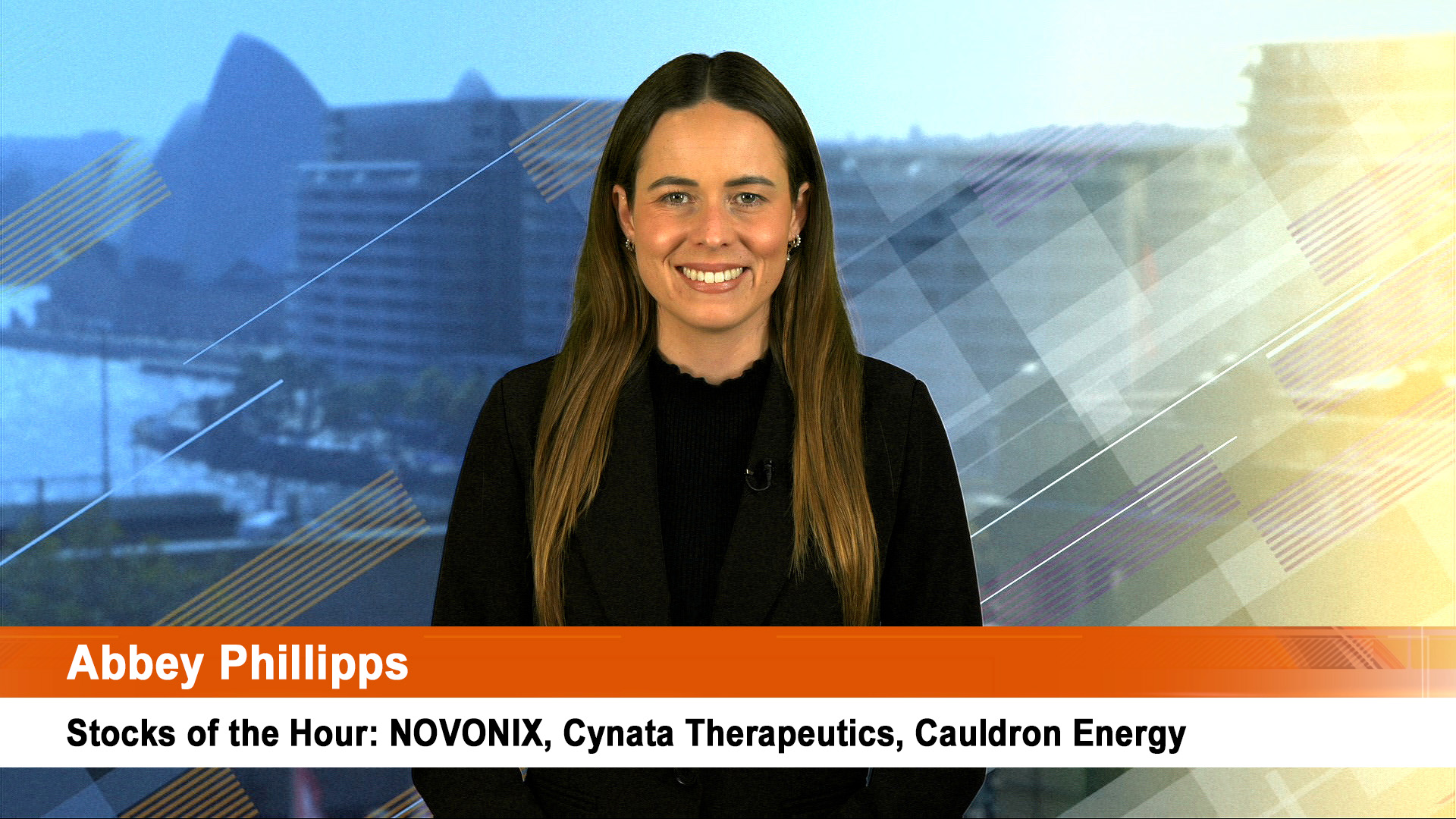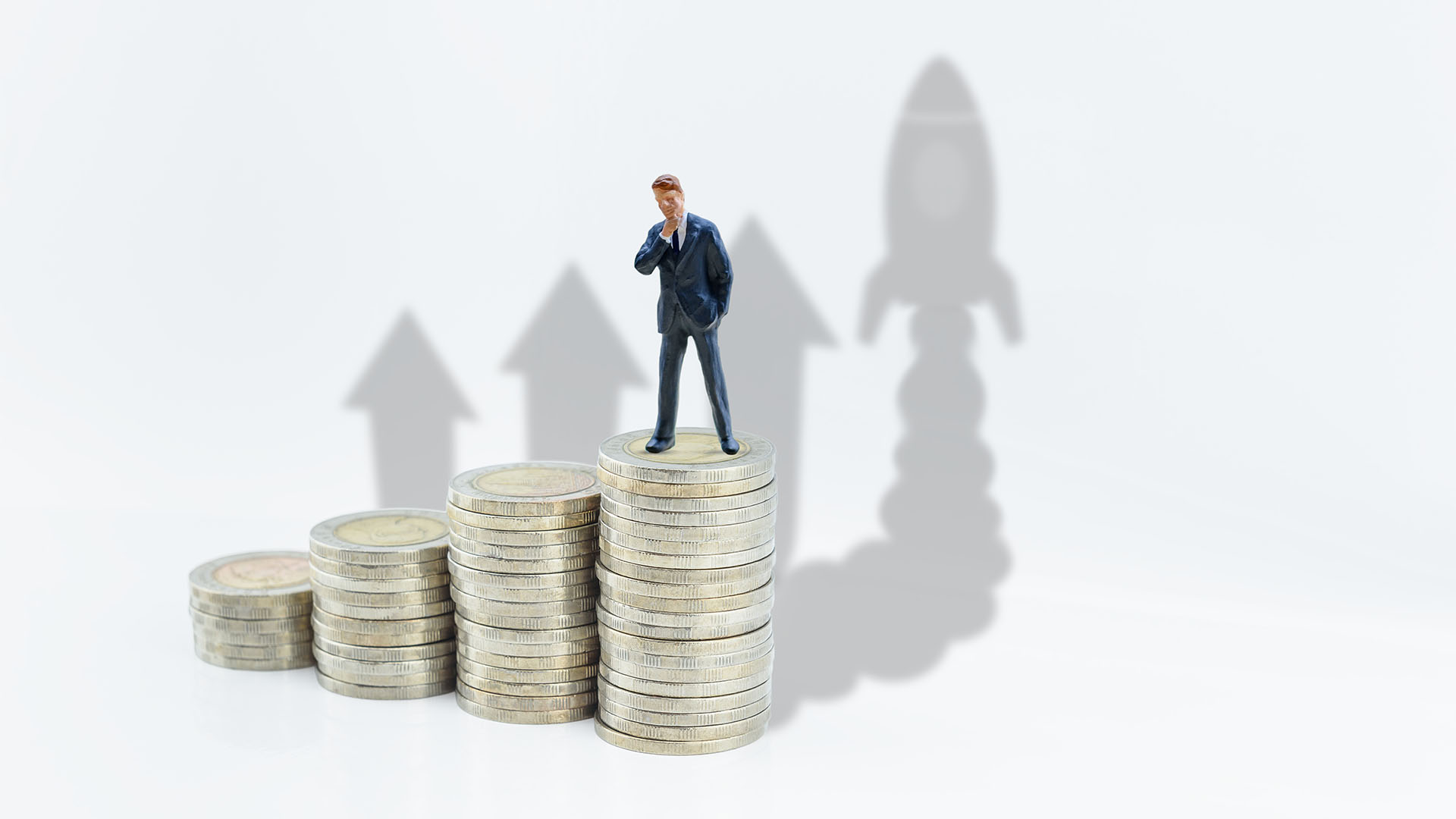You can write off any chance of an interest rate cut from the Reserve Bank this year and the chances of one happening in 2017 are rapidly diminishing in the wake of the stunning rebound in the commodities sector (including booming iron ore exports to China), a continuing high level of building approvals (even though the chances of a slide in prices is growing) and continuing moderate to low inflation.
Not even a very low consumer price inflation reading later this month for the September quarter (the core inflation readings from the RBA will be higher than the headline rate) will trigger a rate cut this year or in the early months of 2017.
The minutes of the October RBA board meeting on Tuesday, and the first speech as Governor from Dr Phil Lowe, will likely cement the view that the central bank is on hold indefinitely. The sit and wait approach was evident from the post meeting statement earlier this month from Dr Lowe.
“Taking account of the available information, and having eased monetary policy at its May and August meetings, the Board judged that holding the stance of policy unchanged at this meeting would be consistent with sustainable growth in the economy and achieving the inflation target over time,“ his statement ended, and so will the minutes tomorrow.
And as a result of the rapid turnaround in activity and sentiment in resources, leading forecasters have abandoned their previous forecasts for a rate cut this year. For example, the AMP’s Chief Economist, Dr Shane Oliver wrote on Friday that “the probability of a November RBA rate cut is rapidly collapsing.” and the National Australia bank, which had been forecasting two more rate cuts from the RBA, on Thursday changed to a more general forecast:
"House prices in Sydney and Melbourne have re-accelerated, which should prevent any further RBA cuts this year barring an exceptionally low Q3 CPI outcome in late October. Further cuts in 2017 remain likely.”
Dr Oliver based his comment on what he said was "more good news on the commodity price front for Australia with the more than doubling in average coal prices flowing through to coal contract negotiations with Japan.
"While coal prices may not ultimately settle at current high levels they do look to have bottomed and the rise in coal prices is another sign that the terms of trade and national income have seen the worst.
"Higher bulk commodity prices if sustained will also see a big improvement in the Federal budget deficit and could eliminate the trade deficit. Given this along with reasonable economic growth and the rising prospect of a December Fed rate hike taking upwards pressure off the $A,” Dr Oliver wrote.
The NAB said "The unexpectedly high settlement for Q4 coking coal prices will provide a boost to Australia’s terms of trade, nominal GDP and government revenues, but is unlikely to be sustained. Business survey data is showing weakness in retail conditions, which implies some risks to our already moderate forecasts for real household consumption growth of 2¼-2½% in 2017 and 2018. The labour market outlook is key, but while we expect the unemployment rate to remain in its current range between 5½% and 5¾%, the recent softening in trend employment growth bears close watching.”
On top of this, iron ore exports to China (and Chinese iron ore imports) are running at near record levels, thanks in part to higher tonnages from the Roy Hill mine in WA part owned by Gina Rinehart.
Data from the Pilbara Ports Authority revealed iron ore shipments to China hit record highs in August and September of more than 35 million tonnes, and for the September quarter, topped the 100 million tonnes mark for the first time ever at 103.5 million tonnes.
That is more than 6% up on the same quarter of 2015 and up 5% from the June quarter.This is a big pointer to a solid contribution from trade to GDP growth.
And there was more good news on Friday with the finalisation of the December quarter price for soft coking coal – $US130 a tonne up 56% from $US74 a tonne last quarter.
The December quarter price for hard coking coal was reportedly fixed at around $US200 a tonne. In the spot market it had been trading around $US213 a tonne.
New Hope shares are ahead 4 per cent at $2.01, Whitehaven 3.3 per dent at $2.85 and Stanmore Coal 11 per cent at 83c. Malabar, which has been linked with a purchase in the Hunter Valley gained another 16.7 per cent to 35c.













